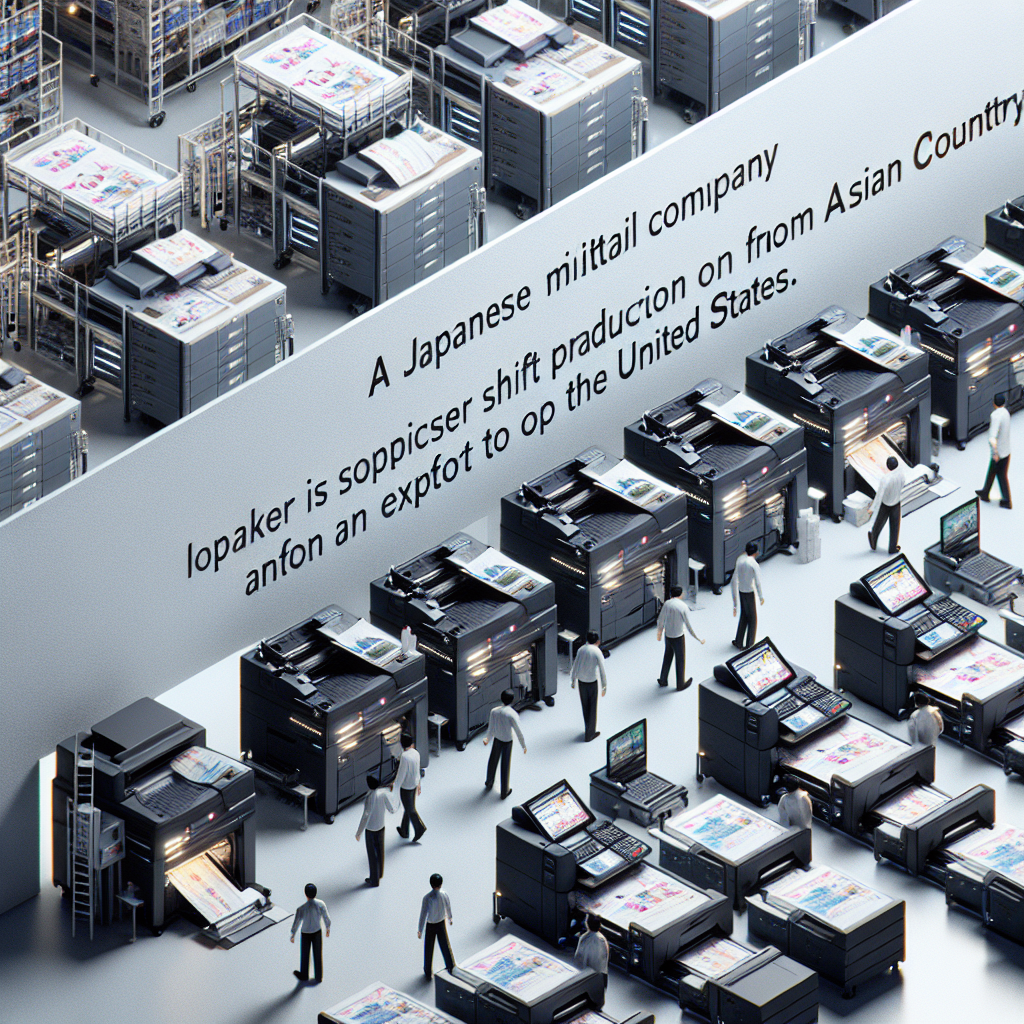Japanese multinational company Ricoh is planning to shift production of some of its multifunction printers from China to Thailand, according to Nikkei News. The printers are intended for export to the United States. The move is seen as a strategic response to the incoming U.S. President Trump’s threats of imposing a 60% tariff on Chinese products.
Insiders informed Nikkei News that Ricoh is considering relocating its factories in Shanghai and Dongguan, Guangdong to Thailand. The company plans to continue producing office printers in China for export to regions outside the U.S., including Japan and Europe.
Production of Ricoh’s A4 multifunction printers and other equipment is set to be transferred to Thailand. Since 2019 (during Trump’s first term), the company has been manufacturing its main product, the A3 multifunction printer, in Thailand for export to North America. Sales to the U.S. account for 20% of Ricoh’s global revenue.
Ricoh will also explore utilizing its bases in Southeast Asia and other regions, as it has joint ventures with Toshiba in these areas.
As China’s business environment becomes increasingly unstable and geopolitical tensions rise, more foreign companies are shifting their manufacturing operations out of China. Even before Trump’s election, Japanese investment in China had been declining. A survey conducted by Japan’s Ministry of Economy, Trade and Industry on around 5300 manufacturing companies controlled by Japanese firms showed a 16.2% year-on-year decrease in investments in China (including Hong Kong) from April to June, totaling $951 million.
In stark contrast, overall investments by these Japanese companies only declined by 0.7%. Their investments in Southeast Asia and North America continue to show strong momentum. Since 2022, China’s share of investments by these companies has dropped to less than 20%; by the end of 2023, Southeast Asia accounted for 25%; and investments in North America recently increased to 36.8%.
It is not just Japanese companies that are reducing their investments in China. A report from the American Chamber of Commerce in Shanghai in September stated that 40% of U.S. companies in China are adjusting their investments and looking towards Southeast Asia and India. The European Chamber of Commerce in China also released a report in September, indicating that many European companies believe the risks of investing in China have outweighed the returns, and they are skeptical of the Chinese authorities’ reform commitments. The report further stated that European and American investment in China has halved from what it was a decade ago, with small multinational and medium-sized enterprises showing a preference for investing in other markets.

